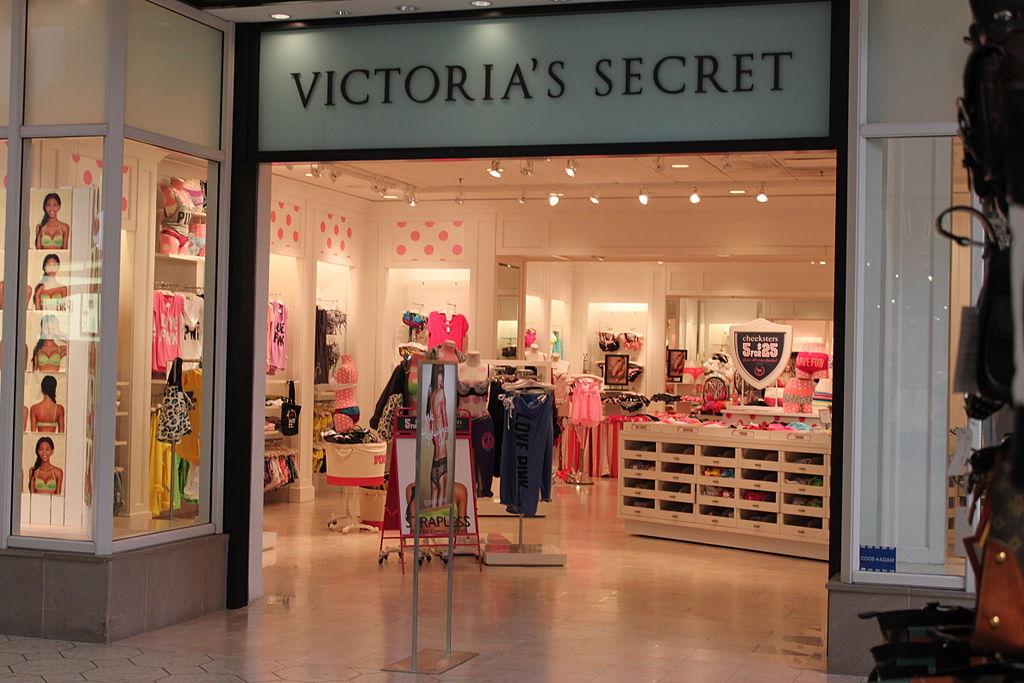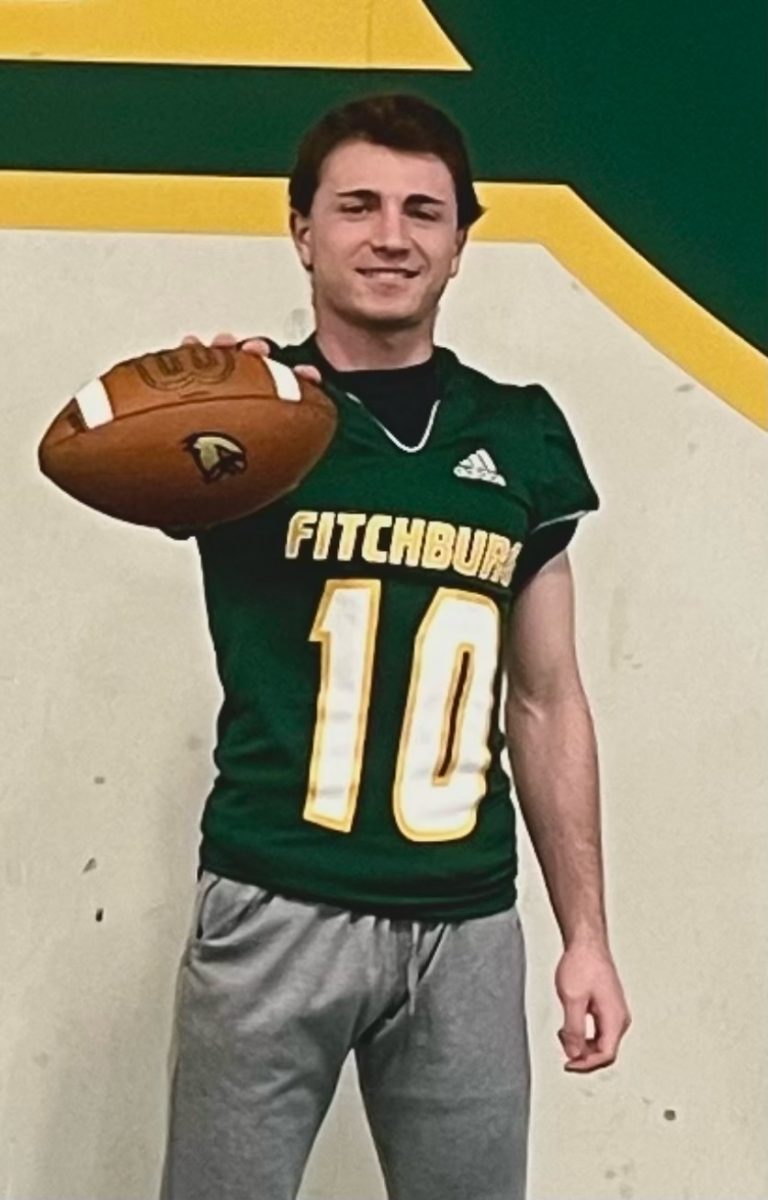
By Charlotte Schofield
The customer in front of me looks crestfallen, her face shows her disappointment as I tell her we don’t carry her size in store, and if she wants to order it the price will be $15 more for shipping. After a twenty-minute Bra-sizing with multiple try-ons, I still could not bring a smile to her face, so she’ll have to go somewhere else. Selling this “fantasy” was getting harder by the day as my regular customers begin to look for more diverse lingerie options at other stores with cheaper prices.
In the new age of body-positivity campaigns by Dove and Aerie, makeup brands being created around inclusivity such as Fenty Beauty by Rihanna and Jeffree Star cosmetics, and a demand for genuine products by a new generation of customers some brands have struggled to reach this new standard. According to the United States Statistics Portal, “Victoria’s Secret, one of the most well-known retailers of women’s lingerie in the world, had global net sales amounting to approximately 7.4 billion U.S. dollars in 2017.” While these gross sales are record-breaking in the fashion and lingerie market, some consumers are growing tired of the same old things coming out of the company, posting on social media even their grievances with the lack of inclusivity within the sizing and models.
Graduate student at Assumption College Alyce Almeida used to receive packages from Victoria’s Secret almost every week, now it’s barely once a month. “I used to be a frequent customer, but in recent years it’s been too damn expensive, the products aren’t that great and the designs for most of the pieces aren’t cute,” Almeida stated. “As a member, I used to get way more deals and coupons when I spent money, but it’s definitely decreased in the past years.” With over 1,124 stores in operation throughout the United States, many consumers share this sentiment and feel isolated from the company’s demographics.
Reports of more than a 6% drop in sales since 2016 for Victoria’s Secret was pretty apparent to Teresa Maine, sophomore and sorority member at Fitchburg State University, who commented on the situation with a sad sigh. “I sometimes shop for shirts and underwear, but I can’t shop there too often because it’s expensive for me as a student. Plus, they never have my size so it’s pretty impossible to find anything that I like.” She explained how this obvious lack in size diversity is most likely what’s hitting them the hardest when it comes to sales. “Oh well,” she shrugged with a smile, “Thankfully there are more brands out there I can feel comfortable supporting and shopping with, companies like Torrid and Aerie who cater to larger audiences.”
It’s not just me who feels the sting of losing valuable customers, but also the other women I work with. I was able to speak with an associate who works alongside me as a Sales Associate, although she wished to stay anonymous due to her position. She is dedicated to the brand, having worked her way up to a higher position in the store to provide for her family as a single mother. As someone who works full time, she understands how badly the company has slipped from its glory days of the ’90s and early 2000s. “We have to turn away so many customers looking for their perfect bra because we only carry up to a 38DDD in store, and it’s bad for business when we aren’t inclusive of all our customers.” As a saleswoman she takes the time to connect with her customers, having many regulars who are Transgender, Post-Op from breast surgeries, and even girls who are visiting Victoria’s Secret for their first bra. “I love my job, I love to help my regulars with all their concerns but when the company makes it impossible with new policy changes, bad merchandise, and limited stock, there’s nothing I can do besides recommend a different establishment.”
CEO and chairman of Victoria’s Secret and Pink Leslie Wexner prepared remarks for Forbes magazine in relation to the growing list of complaints arising from consumers online and in-store since 2016. “We have lost our close connection to our customer; our new leaders are coming in with a fresh perspective and looking at everything. […] our marketing, brand positioning, internal talent, real estate portfolio and cost structure. Most important is improving our merchandise assortments.” Merchandise assortments is an understatement, as I struggle to fill most of the fitting rooms with customers during prime weekend shifts. The pink striped bags will no longer flock the halls of plazas across the United States, that vibrant symbol no longer a beacon of female empowerment but of silent shame.
With their re-launch of swimwear and a move towards re-invigorating the Pink brand, customers young and old hope that the company will hear their critiques and improve. Women like Alyce, Teresa, my co-worker and even myself want Victoria’s Secret to reflect what we see in the mirror, ourselves.
Categories:
Victoria's Secret's Fall From Heaven
May 4, 2019
0







